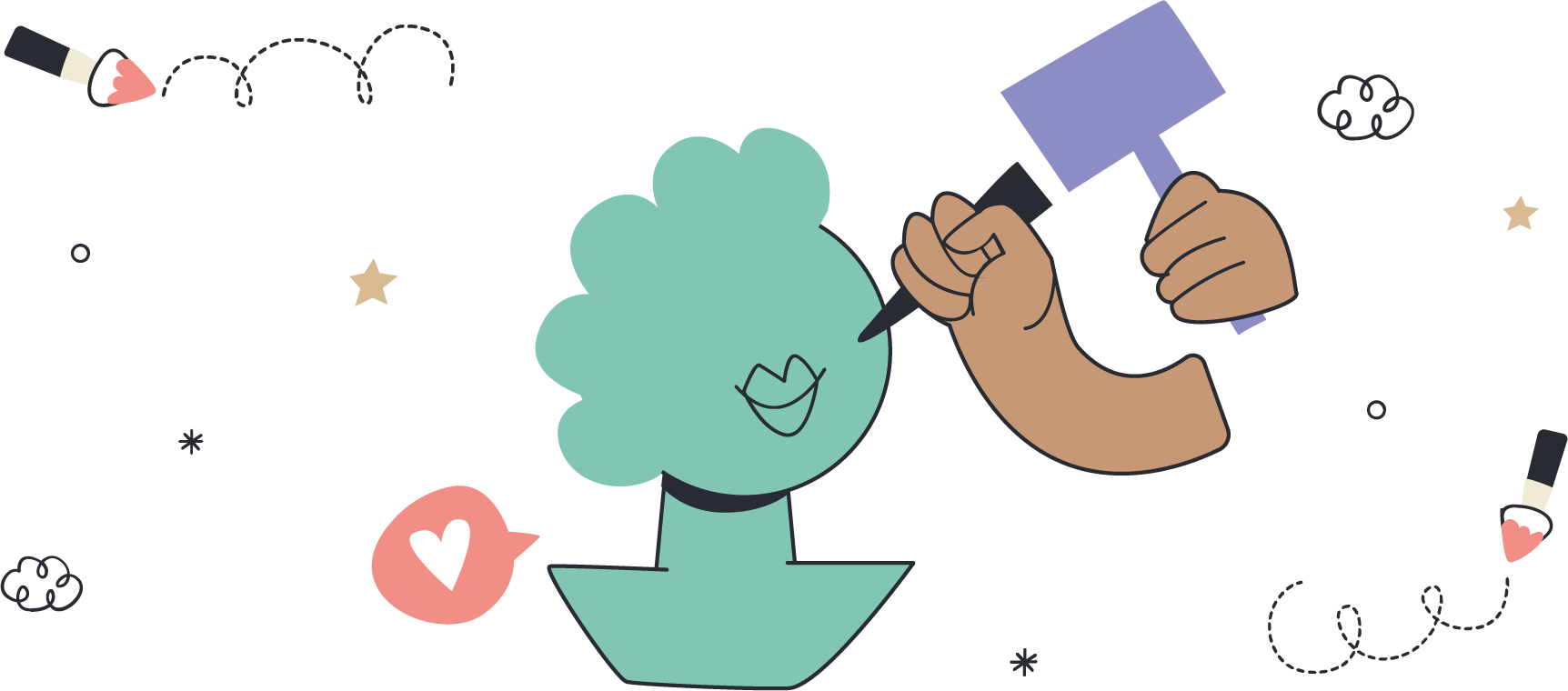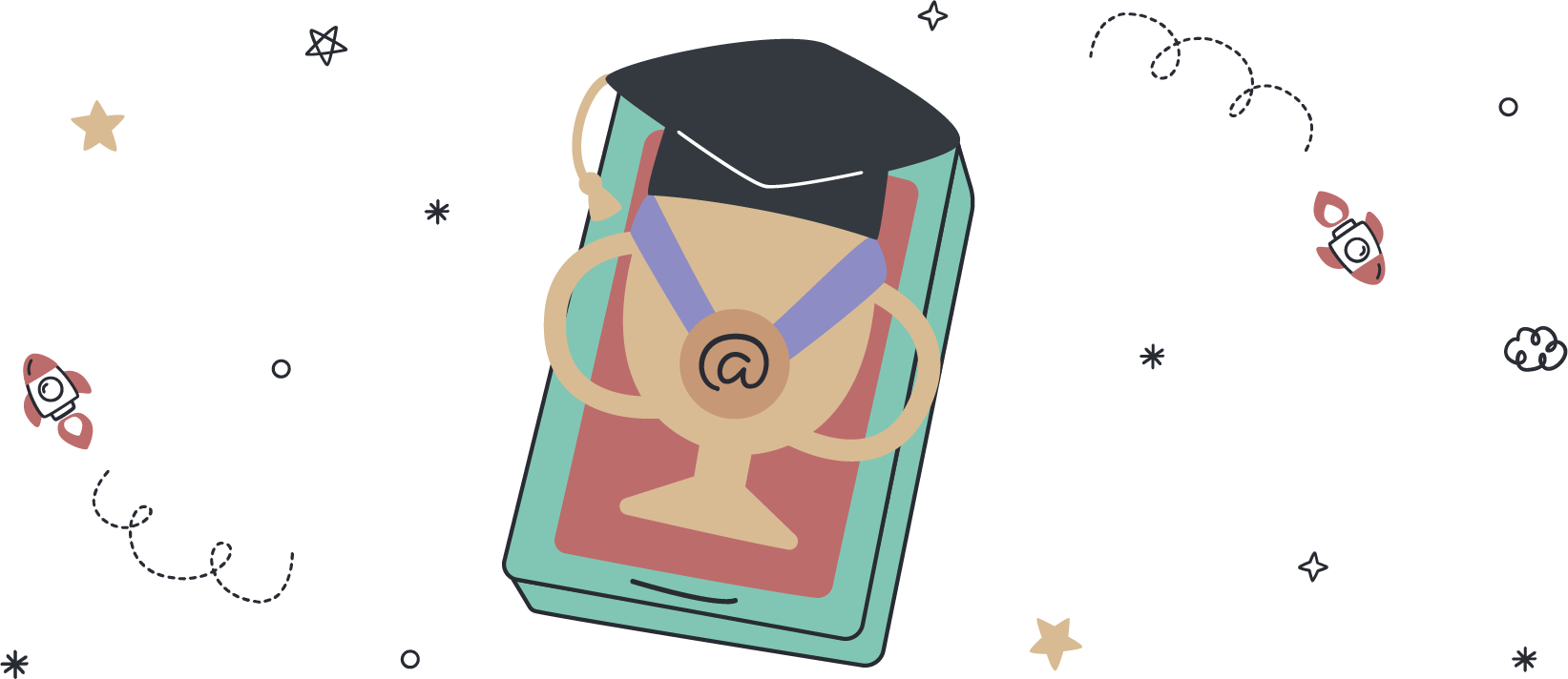The Growing Role of Gamification in Education
The use of gamification in education has become increasingly popular in recent years, though it’s not a new concept. You most likely experienced it as a child, whether you remember it or not! Were you ever given a gold star in school for good behaviour or high grades? Did your teacher ever time you when you were tidying up? If so, you were already experiencing gamification.
Teachers now have a lot more options to choose from, both physical and digital, for gamifying the classroom. From websites like Kahoot! that allow them to design interactive quizzes for students, to full-fledged board games like Pandemic that can facilitate learning extremely complex topics in a quick manner, how can they choose the best approach? Research [1] shows that effective gamification can enhance academic outcomes and motivation. However, this is not without challenge. Without careful consideration of game elements, teachers run the risk of students losing interest, impeding the quality of the learning material, and more.
System Design
“The whole point here is that game elements are just a means to an end, instead of an end in itself” [2]
When choosing or designing a system, it is crucial that the learning outcomes are at the core of any decisions made. Gamification should not be added just for the sake of it, assuming it is a one size fits all solution with instant benefits. This is a common pitfall and is what has led to the prevalence of Points, Badges, and Leaderboards (PBL) in many areas. Teachers should consider not only the material when planning, but their students as well. Is the content more theoretical or practical? Is it suited to collaborative learning? Will students engage with certain elements? Are they already highly motivated and risk being distracted?
Balance is the key here. Too much “fun” can overshadow educational content, while not enough of it can make the gamification feel ineffective. Balancing extrinsic rewards, like badges, with intrinsic rewards, such as personal achievement, ensures students engage deeply with the content rather than just participating for points.
Social gamification
Social elements can be extremely effective, but they are also double-edged swords. While some people may be motivated by competition, say, ranking higher on a leaderboard, some may lose all motivation by being ranked lower. This can be entirely counterproductive, resulting in a completely disengaged student who feels that they can’t – or don’t want to – keep up.
Now, this is not to say that collaboration is the immediate answer. One study [3] found that English language students in a competitive environment achieved higher than those in a cooperative or collaborative environment. It discusses how, even in cooperative or collaborative environments, students still wanted recognition for individual achievement. Teams suffered from an imbalance in the amount of work done, with high-achieving students feeling like they had to do all the work while some people coasted along, a challenge often referred to as the “free-rider problem”
The solution, again, is a careful balance. While students should be encouraged to help one another to understand material, this should not come at the cost of recognition of individual achievement. Teams may have an individual leaderboard or a peer review element to encourage participation from all members.
Personalisation
It is important to remember that in the same way that students have diverse learning styles, they also interact with game systems in very different ways. Where one person may focus on self-improvement, others seek social engagement A game system should facilitate different types of players, so that they may use it in their own way and still get something out of it.
This is where personalisation can come in. Going beyond a “one-size-fits-all” solution can lead to improved performance among students. This could involve personalised feedback, individually tailored challenges or topics, or even customisation of an avatar. The goal is to create a system where students feel that they can learn and engage in the way that best suits them.
Retention
It is essential that the game system not only captures student’s interest but also sustain it. Extrinsic rewards often help initially, but they can lose value and not be enough to retain attention. Intrinsic rewards are more effective for long-term engagement, fostering genuine interest in learning.
Incorporating intrinsic motivators can be challenging, as different people are driven by different goals. While some students may be motivated by a sense of progress and self-improvement, others may only care about grades. Finding ways to cater these different types of students will ensure the long-term success of your game system.
Feedback
Feedback is essential when using gamification in any environment. Users of a game system should be able to easily and quickly tell when they have done something right or wrong. Often, this feedback comes through simple indicators like receiving a reward or not. However, just knowing this is not enough. There should be more detail given so that players can adapt and alter how they use the system.
By providing a sense of progression and, ultimately, achievement for completing certain goals, students can know whether they are on the right track or not. This is something that progress bars and badges do quite well. Other than these, narrative elements can also be an effective means of giving feedback. Narrative elements help to instil emotional connections among players. By allowing students to articulate the knowledge they have learned within the context of a story, more meaning can be ascribed to goals students have set.









